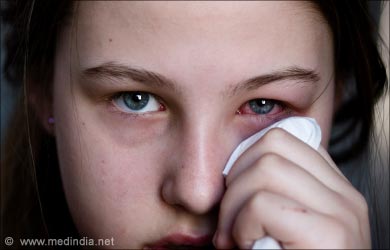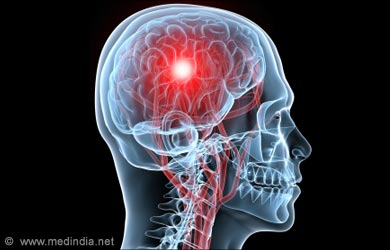Symptoms of Sickle Cell Anemia
People with sickle cell anemia usually have fatigue and anemia.
Symptoms of sickle cell disease are due to the hemoglobin S (HbS) molecule. Symptoms of sickle cell anemia are usually manifested 5 months after birth because fetal hemoglobin (f -Hb) is present in the child immediately after birth and this takes care of the new-born during the initial months of life.
The main symptoms of sickle cell anemia include-
- Anemia- Hemoglobin S (HbS), when it loses its oxygen, becomes rigid and rod-like and changes the red blood cells into a sickle or crescent shape from the normal disc or concave shape. These sickled RBCs are extremely fragile and therefore rupture easily (medically called hemolysis) leading to low red blood cell (RBC) count and anemia symptoms. Besides, the sickle-celled RBC has a life span of only 10-20 days, as compared to the 120-day life span of a normal RBC. This results in a chronic shortage of red blood cells resulting in anemia. Without enough red blood cells in circulation, the body tissues do not get enough oxygen which can lead to shortness of breath, headache, dizziness, coldness in the hands and feet, headache, chest pain, palor, feeling easily tired and fatigued.

- Sickle cell crisis- Decrease in oxygenation of the red blood cells causes severe pain or sickle cell crisis. Over a period of time, it leads to gradual destruction of organs and tissues throughout the body. Pain develops when sickle-shaped red blood cells block blood flow through tiny blood vessels to the chest, abdomen and joints. The pain may be acute or chronic, but acute pain, which may be mild or severe, is more commonly observed. This may be sudden and can range from mild to very severe. The pain, which usually lasts from a few hours to some days, could also last for weeks to months. If it affects lungs, abdomen and joints, it could be a medical emergency, which must be dealt with immediately.

Symptoms in infants and young children are-
- Fever
- Abdominal pain

- Hand-foot syndrome- Swelling and inflammation of the hands and feet. It is usually the first sign seen in children.
- Bacterial infections like lung infection, osteomyelitis and meningitis
- Splenic sequestration- The liver, and especially the spleen, are organs that are very active in removing sickled red blood cells from the blood circulation. Sudden acceleration in this process can lead to pooling of blood in the spleen and is referred to as splenic sequestration. Splenic sequestration can lead to very severe anemia and even result in death.
Symptoms commonly seen in young adults-
- Eye damage- Tiny blood vessels that supply the eyes may become plugged with sickle blood cells. This can damage the retina and cause partial or complete vision loss.

- Leg ulcers- They usually appear in the age group of 10-50 years and are more common in men than in women. The exact cause is unknown.
- Aseptic necrosis or bone infarction- Localized death of bone tissue due to improper circulation is seen in SCA patients.
- Pain episodes
- Acute Chest Syndrome is a life-threatening condition caused either by anemia or by sickled cells trapped in the lungs. Its symptoms are similar to pneumonia and it may sometimes lead to pulmonary arterial hypertension (PAH)
- Stroke-Stroke can occur either when a blood vessel in the brain is blocked or when it bursts. This could lead to long-term disability, lasting brain damage, paralysis or even death.

- Gallstones- When the RBCs die they release hemoglobin that gets converted to blirubin, which in excess can form gall stones. Gall stones can cause severe abdominal pain.
- Multiple organ failure – In some patients, two or three organs fail and this can be fatal.
- Delayed puberty- RBCs provide the body with oxygen and nutrients that are needed for growth. A shortage of healthy RBCs can slow growth in infants and children, and delay puberty in teenagers.
- Priapism- Painful and uncalled erections, called priapism, are common in SCA sufferers. This can, with time, damage the penis leading to impotence.
















